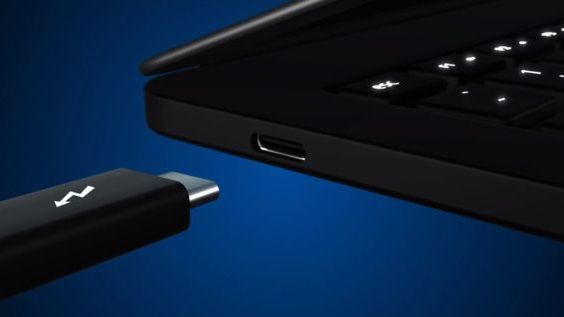- Joined
- Nov 22, 2022
- Messages
- 26
- Motherboard
- Asus ProArt Z690 Creator
- CPU
- i9-12900KS
- Graphics
- RX Vega 56
Hi guys, I'm happy to tell you that I managed to get the hot plug on my Apollo Twin X working by updating the BIOS to the latest version. If anyone has the same problem with the same interface, this is probably the solution.
However, Pro Tools hasn't been working for me for a while now. Does anyone have the same problem or know what it could be due to?
In Avid Link only the Products page is shown to me, the other screens do not load. When I start Pro Tools it doesn't work, and I get a generic error message. I tried uninstalling and reinstalling, clearing the Avid Link cache, removing the plugins.
Thanks in advance.
However, Pro Tools hasn't been working for me for a while now. Does anyone have the same problem or know what it could be due to?
In Avid Link only the Products page is shown to me, the other screens do not load. When I start Pro Tools it doesn't work, and I get a generic error message. I tried uninstalling and reinstalling, clearing the Avid Link cache, removing the plugins.
Thanks in advance.



